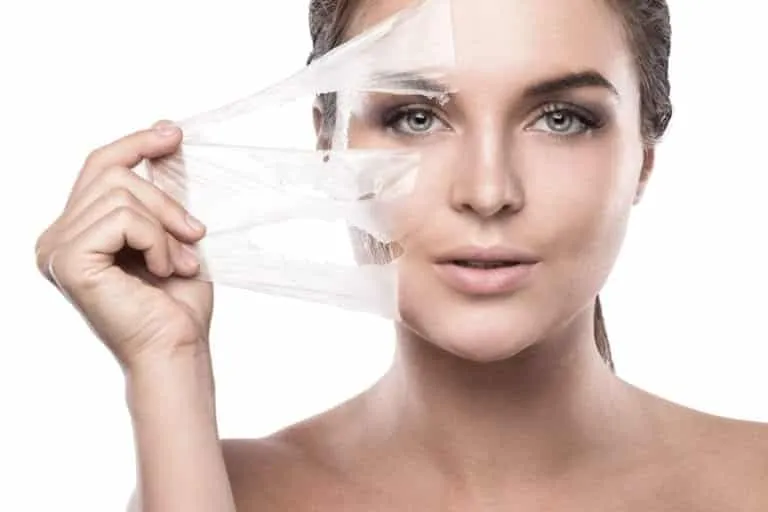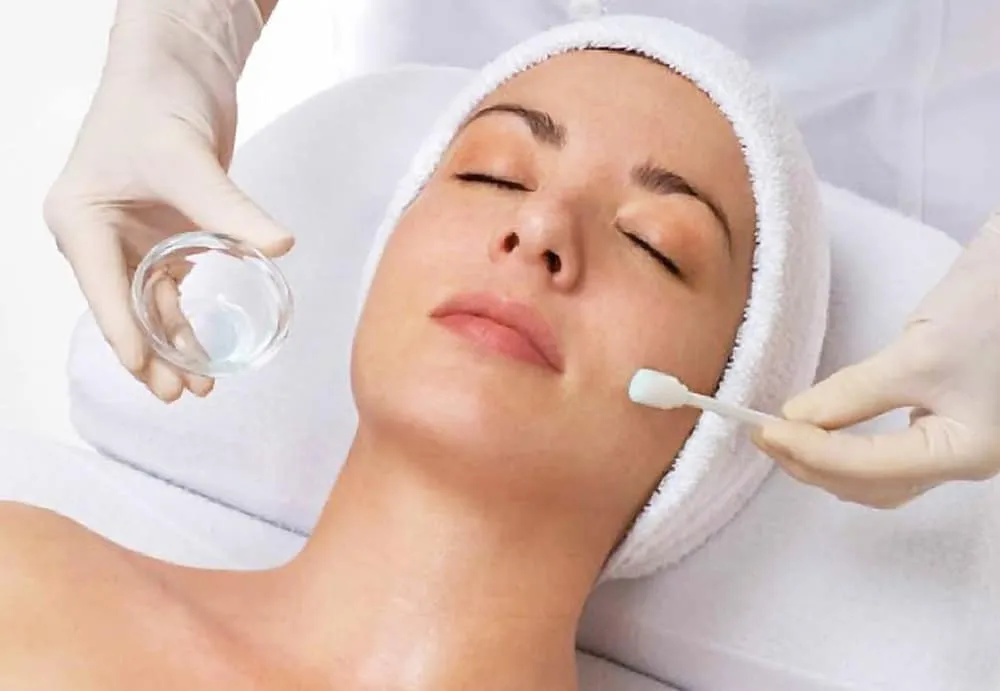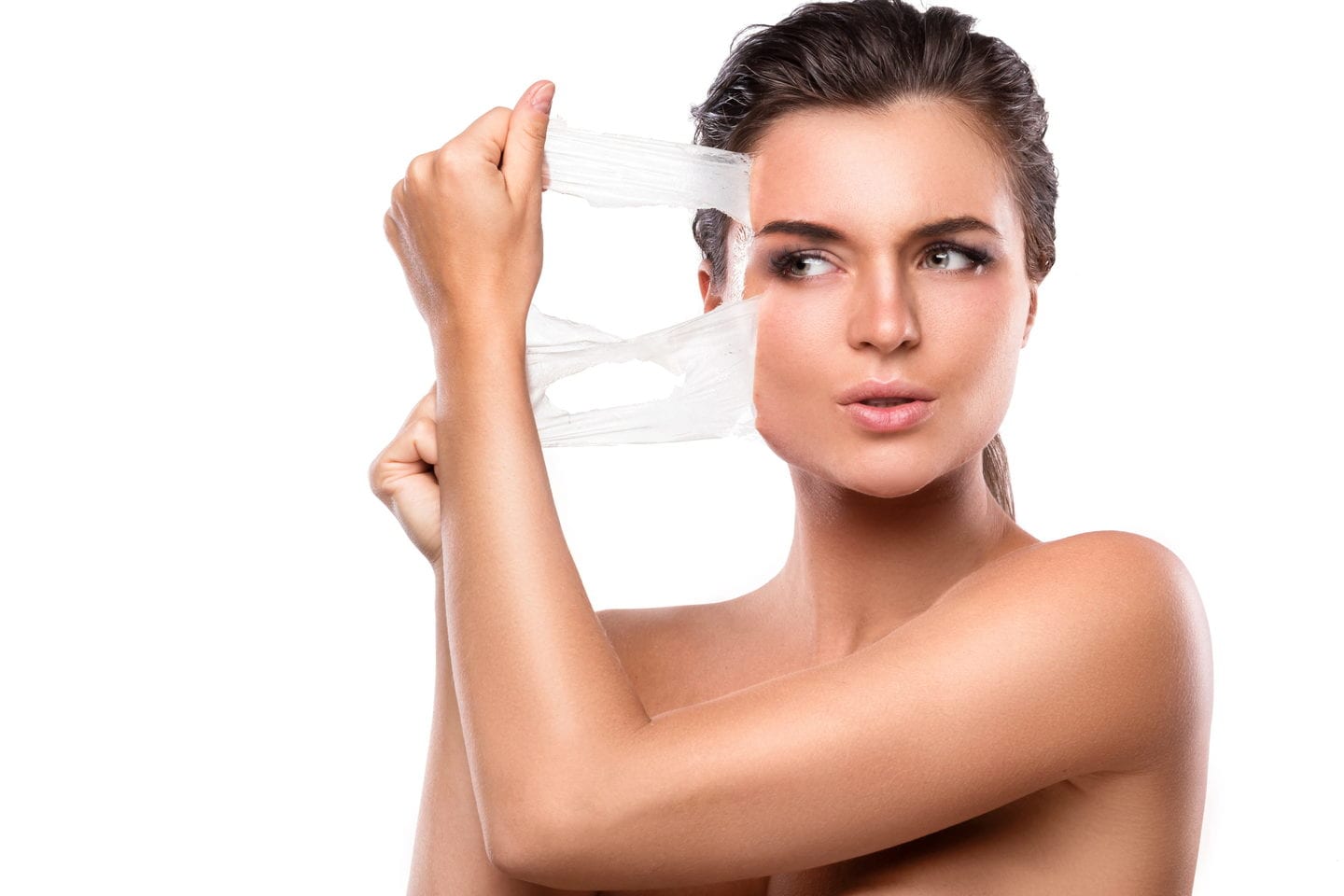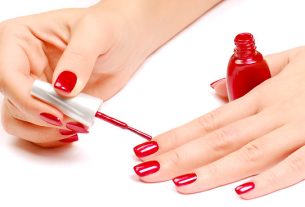Chemical peeling is one of the most common and recommended aesthetic procedures for treating the skin and keeping the face smooth and cared for.
Chemical peeling is an aesthetic treatment carried out by applying acids to the skin. Its main function is to remove damaged layers through peeling. In this way, it promotes the growth of a smooth, more elastic, smooth and fresh layer, through cell renewal.
Although some time ago only aesthetic clinics were able to offer this treatment. Nowadays we also have several products sold in pharmacies and cosmetics stores that are also capable of treating the skin at home. However, they are in lighter and less aggressive quantities. Therefore, it takes a little longer to produce results.
Types of chemical peels

In addition to facial skin, chemical peeling can also be done on the hands and neck to remove blemishes, acne marks and scars. Thus, depending on the region, the technique may vary, the main types being:
- Superficial chemical peeling: It’s great for lightening blemishes and removing acne marks or superficial wrinkles. This is because it removes the outermost layer of the skin;
- Medium chemical peeling: are recommended to treat acne and deeper wrinkles. Since acids are used that remove the outer and middle layer of the skin;
- Deep chemical peel: This is for more serious cases. This procedure removes layers of skin down to the inner layer. This is why it is recommended for cases of sun-damaged skin and other scars, such as those caused by acne or accidents.
Chemical peeling already produces results in the second treatment session. Therefore, it is recommended to use a good moisturizing cream with sunscreen. This is because the skin becomes very sensitive, red and tends to peel.
Non-chemical peeling agents used

Some of the agents most frequently used to perform chemical peeling are:
Phenol – One of the most common ingredients, phenol has been used to perform deep peeling for approximately 100 years. It intensely affects the skin and is only indicated to treat facial aging when there are many wrinkles and the skin is very light. The result is excellent and long-lasting, but a cardiological evaluation is necessary due to possible side effects;
Trichloroacetic acid (ATA) – This is now more commonly used together with other agents to perform a medium peeling in the treatment of wrinkles and scars;
Salicylic acid – This compound is much less aggressive and can even be found in many creams and cosmetics. Therefore, it is used to perform superficial peeling. Thus, it helps to improve the appearance of the skin, reduces fine wrinkles and blemishes, as well as helping to control acne;
Jessner’s solution and glycolic acid – these are also used for superficial or medium peeling (in this case combined with ATA), mainly for the treatment of fine wrinkles, blemishes and acne;
5-fuoruracil (5-FU) – This agent is generally applied together with Jessner’s solution or glycolic acid for the treatment of multiple actinic keratoses or field cancerization;
Retinoic acid – most used as a cream in the home treatment of skin aging; For peeling, a yellowish or base-colored solution is used, with satisfactory results in the adjuvant treatment of acne, melasma and skin aging.
Benefits of chemical peeling

Among the main benefits of chemical peeling are:
In addition to the benefits mentioned above, this treatment also reduces skin oil, increases collagen production, and prevents the appearance of blackheads and pimples. The results depend on the type of peeling, whether superficial, medium or deep, and the characteristics of the skin, with the result being more satisfactory on lighter skin.
Post treatment care

As chemical peeling promotes skin peeling, it becomes very sensitive. Therefore, it is recommended to avoid exposure to the sun, use sunscreen every 3 hours and avoid touching the treated area. It is also essential to use moisturizers, as this will keep your skin healthy. This prevents the appearance of stains and other damage.
Furthermore, it is important to wash the treated skin with a neutral soap. This avoids irritation, including the use of thermal water in the treated area to avoid redness and burning of the area. And if you have any serious irritation, go back to the professional who carried out the procedure, as he or she can recommend the best treatment, such as the use of corticosteroid cream.
After all, did you like this article? Therefore, read also: Thermal water – What it is, origin, function, how to use and care.
Sources: tuasaude, procorpoestetica, SBD.
Featured image: clinicamartosbances

Sign up for our newsletter and stay up to date with exclusive news
that can transform your routine!
Warning: Undefined array key "title" in /home/storelat/public_html/wp-content/plugins/link-whisper-premium/templates/frontend/related-posts.php on line 12
Warning: Undefined array key "title_tag" in /home/storelat/public_html/wp-content/plugins/link-whisper-premium/templates/frontend/related-posts.php on line 13




